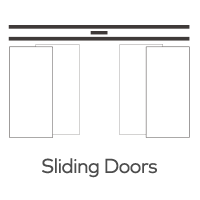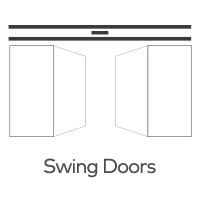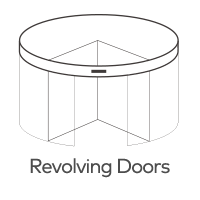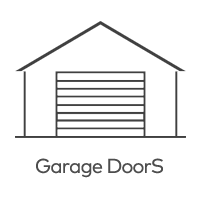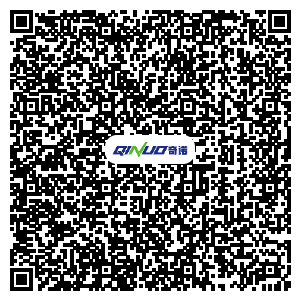What security measures are in place to prevent unauthorized access through an automatic sliding door?
Automatic sliding doors are a common sight in various environments, from shopping malls and hospitals to airports and office buildings. While they offer convenience and accessibility, it's essential to implement robust security measures to prevent unauthorized access and maintain the safety and integrity of these entry points. In this article, we'll explore the security measures that are in place to prevent unauthorized access through automatic sliding doors.
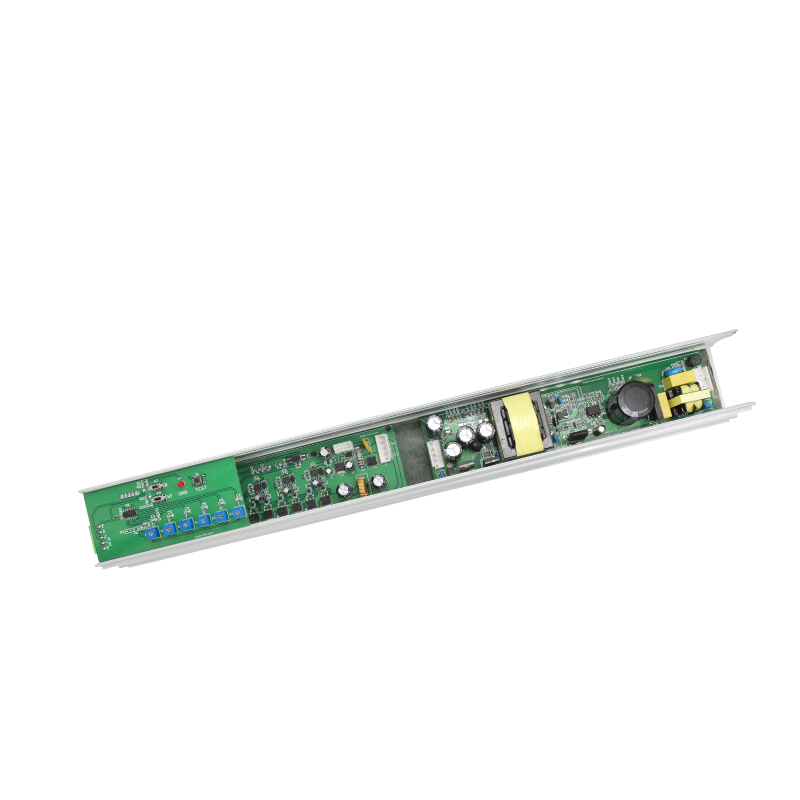
1. Access Control Systems:
Access control systems are a fundamental aspect of securing automatic sliding doors. These systems include methods such as proximity card readers, keypads, biometric scanners (e.g., fingerprint or retina recognition), and smartphone apps. Users must authenticate themselves through these means to gain access. Only authorized personnel or individuals with the correct credentials can open the doors.
2. Motion Sensors:
Motion sensors are integral to automatic sliding doors' safety and security features. These sensors continuously monitor the area in front of the doors. If an individual approaches the doors without authorization, the motion sensor can trigger an alarm or prevent the doors from opening.
3. Safety Sensors:
Automatic sliding doors are equipped with safety sensors to detect obstructions within their path. These sensors are designed to prevent the doors from closing on individuals or objects. If an obstruction is detected, the doors will immediately stop and reverse their direction to avoid any potential harm.
4. Intercom and Video Systems:
Many automatic sliding doors are equipped with intercom systems and video cameras. These systems enable communication between security personnel and individuals seeking access. Security personnel can visually and verbally confirm the identity and purpose of visitors before granting access.
5. Remote Monitoring and Control:
Some automatic sliding door systems can be remotely monitored and controlled. This feature allows security personnel to oversee the entrance and respond in real-time to potential security breaches. In the event of unauthorized access, security personnel can take immediate action, such as locking the doors.
6. Time-Based Access Control:
To enhance security, access control systems can be programmed to allow access only during specific hours or under certain conditions. For instance, a commercial building may restrict access to employees during non-business hours, effectively preventing unauthorized entry.
7. Regular Maintenance:
Regular maintenance and inspections are crucial to ensuring the continued functionality of automatic sliding doors' security features. Malfunctions or wear and tear can compromise security. Routine maintenance includes checking sensors, cleaning lenses, and testing safety features.
8. Emergency Procedures:
Automatic sliding door systems should have clear emergency procedures in place. In the event of a security breach or other emergencies, there should be protocols for securing the doors and alerting relevant authorities.
9. Integration with Building Security:
Automatic sliding doors are often integrated with a building's overall security system. This includes coordination with alarm systems, surveillance cameras, and security personnel to respond effectively to unauthorized access attempts.
10. Compliance with Regulations:
Ensuring that automatic sliding doors comply with local security regulations and building codes is essential. Regulations may dictate the use of specific security features and standards for access control.
By implementing these security measures, automatic sliding doors can effectively prevent unauthorized access, enhancing the safety and security of the premises they protect. Organizations and businesses should assess their specific security needs and work with experts to tailor their security measures to their unique requirements.


